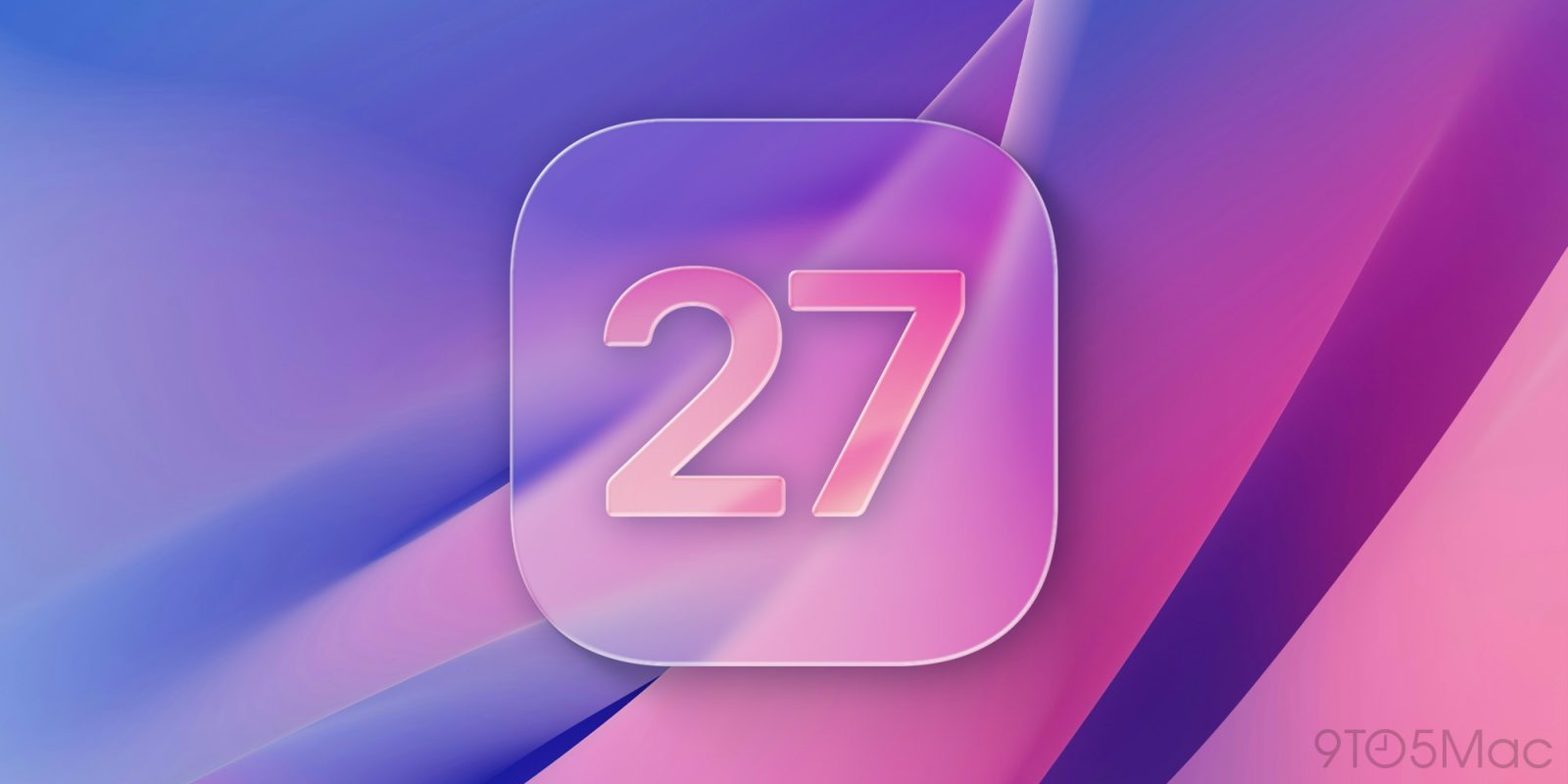
If you’ve got a new iOS device, you are likely familiar with Touch ID or Face ID. And if you’re not, what the heck are you waiting for? Both of these are biometric authentication systems that allow you to access your device, without having to punch in your passcode each time. Which is what I used to do – like a caveman – until my boyfriend insisted that I start using the Touch ID feature. And I’m glad he did, as it’s changed how I log into my device. It makes it so much easier and it honestly makes things faster. I personally do not have an iPhone X, but I can only imagine that Face ID provides you with the same kinds of benefits.
All that said, what are they? They are two completely different technologies with their own sets of pros and cons. Honestly, it’s hard to say that one is better than the other, but it’s certainly worth taking a look at what makes each of these biometric authentication systems unique and what makes them the same.

Touch ID
What is it exactly? Rene Ritchie describes it as:
Built right into the Home button on every recent iPhone and iPad, Touch ID uses a highly scratch-resistant sapphire glass lens that protects the assembly and focuses the sensor, and a color-matched steel ring that surrounds it, waiting to detect your finger. When the ring is triggered, the capacitive Touch ID sensor activates and takes what’s effectively a high-resolution snapshot of your fingerprint. The fingerprint is compared against what’s stored in the secure enclave on the Apple A-series chipset, and if the unique characteristics in the arches, loops, or whorls match, Touch ID releases a “yes” token and you’re instantly authenticated and your iPhone or iPad will unlock, your purchase will be authorized, your app will open, etc. If they don’t match, Touch ID releases a “no” token and you’re kept out.

Touch ID Limitations:
- Winter: When the weather outside is bitterly cold, you may choose to wear gloves to protect your hands. Without fingerprints, you’re not getting into that phone.
- Cooking: Get some sort of food goop on your fingertips? Umm… wipe it off before you go touching your phone.
- Swimming: Need to read that text while leisurely lounging in the pool? Too bad! Find a towel first. This also applies to showering.
- Sweating: Sweating is bad news when it comes to Touch ID. See the previous bullet point.

Face ID
Rene Ritchie, once again, explains what Face ID is:
Face ID works similarly to how Touch ID works but instead of a sensor in the Home button it uses the new TrueDepth camera system on the front of iPhone X. When you first register with Face ID, the TrueDepth camera system takes infrared images of your face. Just like you had to move your finger around for Touch ID, you have to move your face around for Face ID. That way the camera system can capture you from a variety of angles and create a depth map of your face. The resulting data is then sent to the secure enclave where a protected portion of the A11 Bionic chipset’s Neural Engine Block transforms it into math.
In other words, Face ID images hang around, while Touch ID images are thrown away. It’s a way to make the system run smoother and doesn’t affect the security of your personal data.

Face ID Limitations:
- Landscape orientation: This one sort of makes sense, but it’s still a little annoying. You can only use Face ID in portrait mode. The camera will not scan your face and let you in to your device if it’s on its side or upside down.
- No ski masks: Face ID uses your eyes, nose, and mouth as markers of your identity. If those are covered, you’re going to have trouble gaining access to your iPhone X. That said, glasses and some sunglasses are A-OK. Beards, as well.
- Bright sunlight is a no-go: If the sun is blasting your face or the iPhone X camera and sensor unit, you’re going to have trouble getting into your phone. It needs to be able to work with some face texture — a blown out image looks like a blown out image and nothing more.
- One face policy: Touch ID lets you enroll multiple fingers. Some folks will choose to enroll at least one finger from a partner, parent, etc. so that they can gain access to the device. With Face ID, you’ve got one face per device.
- Twinsies: We’ve seen it happen — Face ID can be fooled by identical twins. If you’ve got a nefarious twin, you might consider sticking with Touch ID.
Who wins? Both options give users convenient access to their devices, while still maintaining a certain level of security and privacy. Touch ID does this in the form of a fingerprint, while Face ID does it with your face. Both have pros and cons, but both are incredibly interesting. Both also make it really easy to get into your phone. No more having to remember passwords. Ugh. Passwords are for chumps. Am I right?



